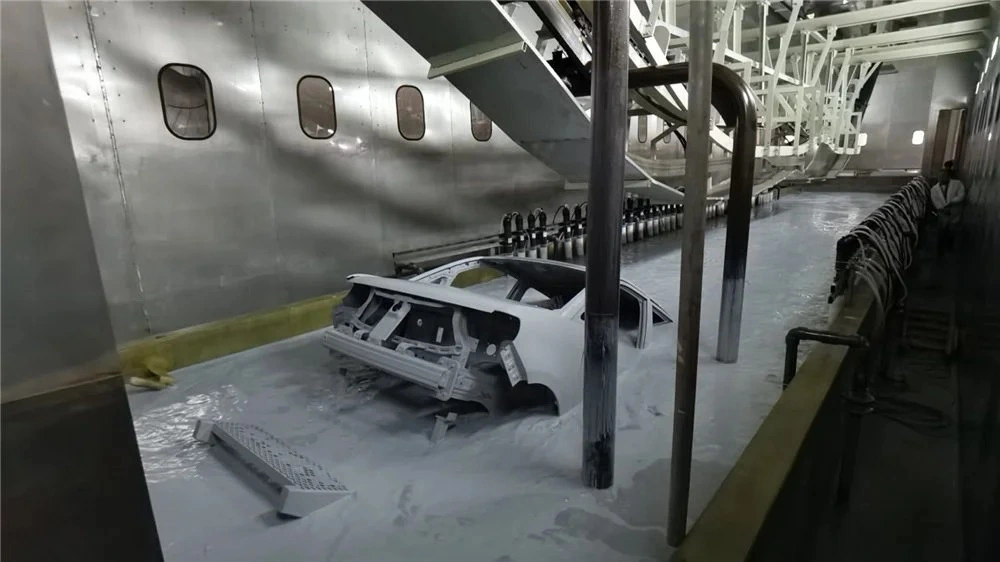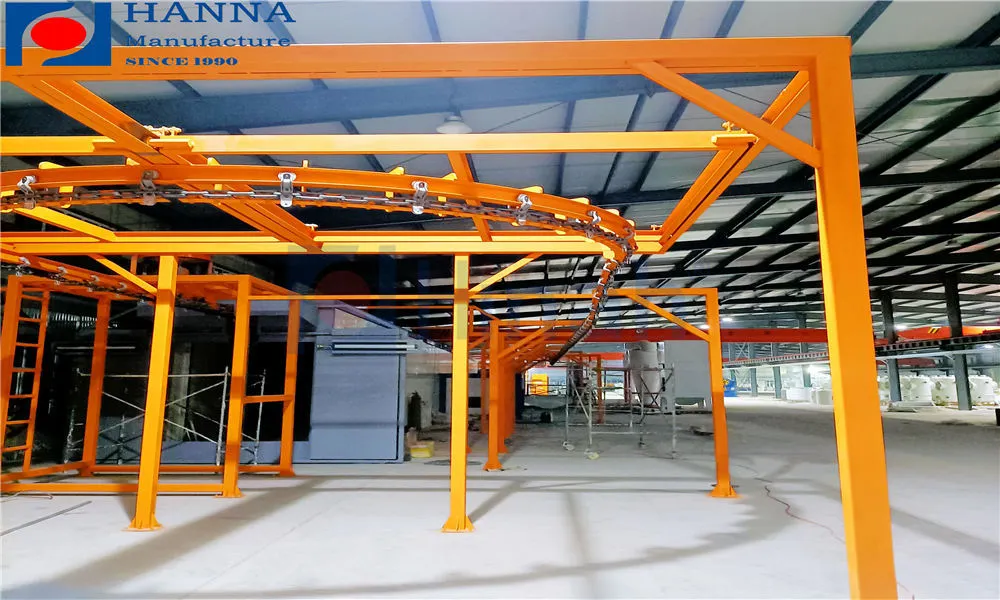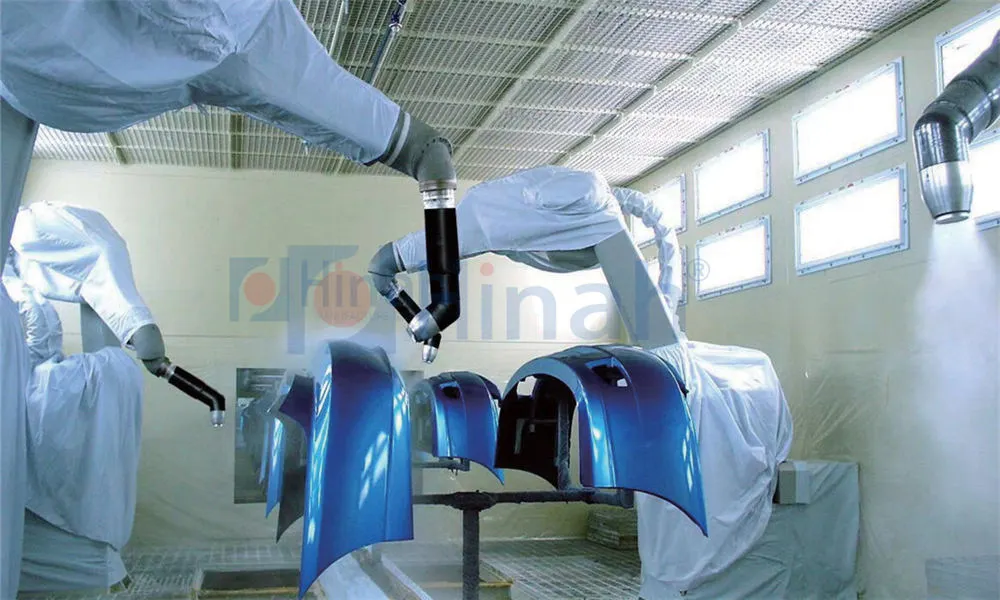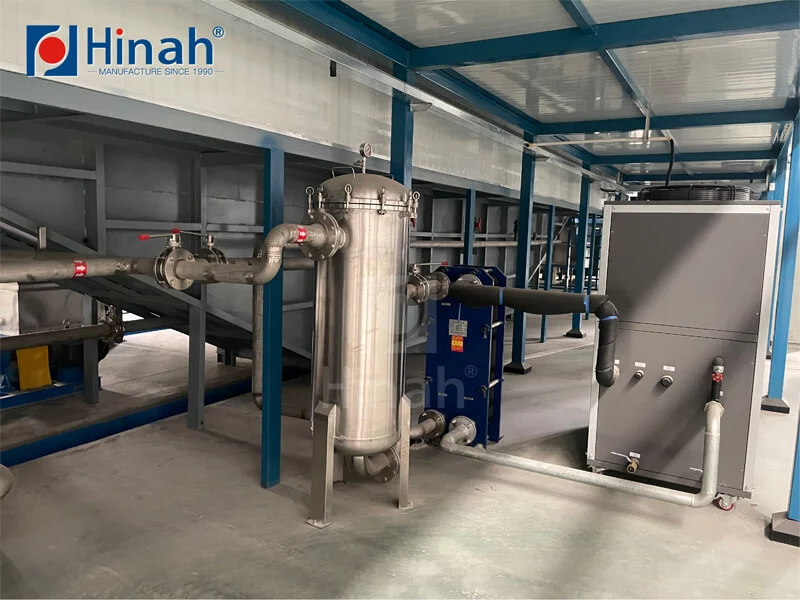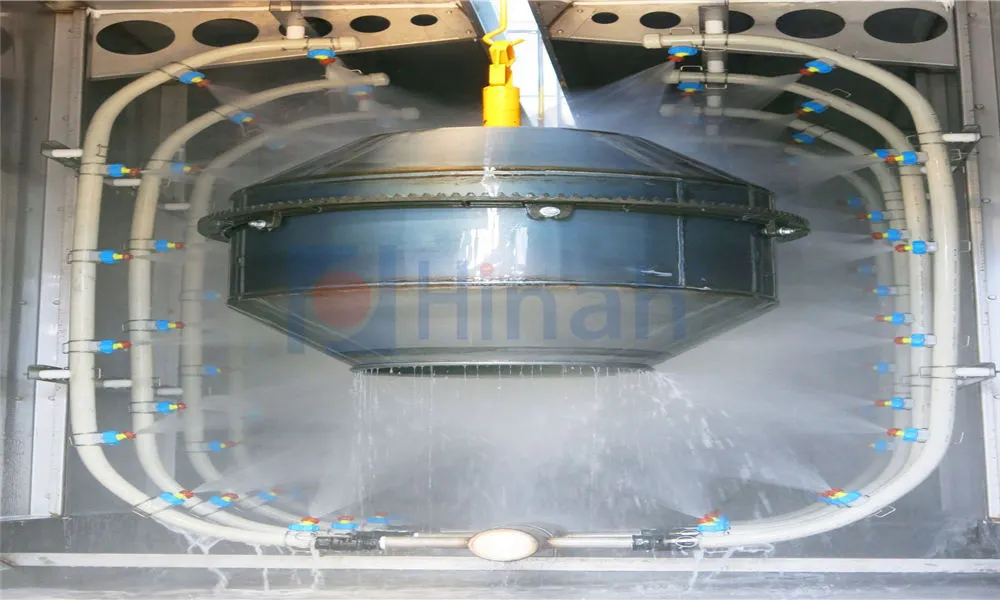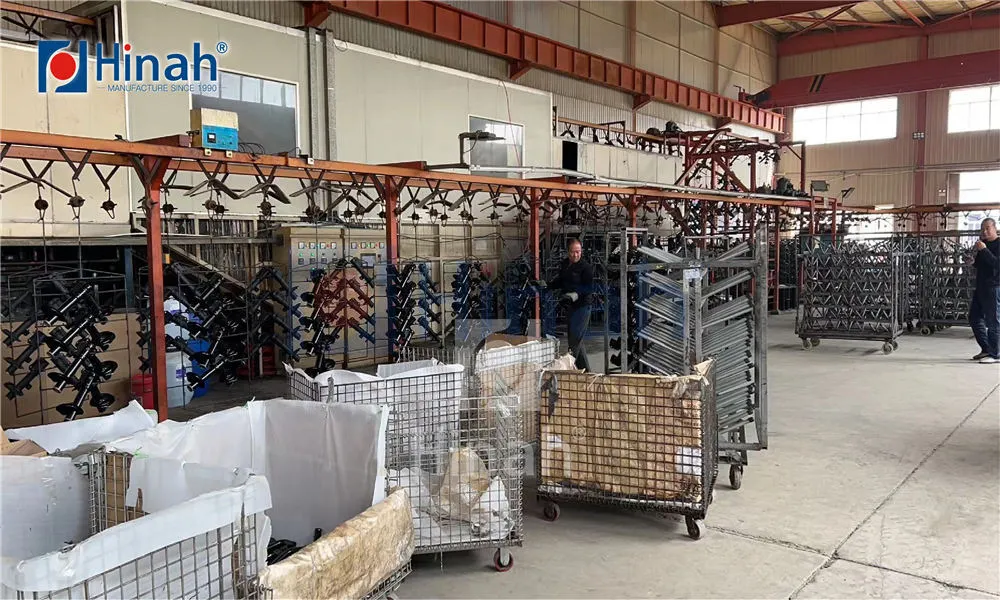When setting up a finishing operation, the heart of your process is the powder coating room. This isn't just a designated space; it's a controlled environment designed to ensure the highest quality finish, maximize efficiency, and maintain operator safety. Choosing the right type of powder coating room is a critical decision that impacts your bottom line and product quality. This comprehensive look into powder coating rooms will help you understand the options, costs, and key factors for your specific needs.
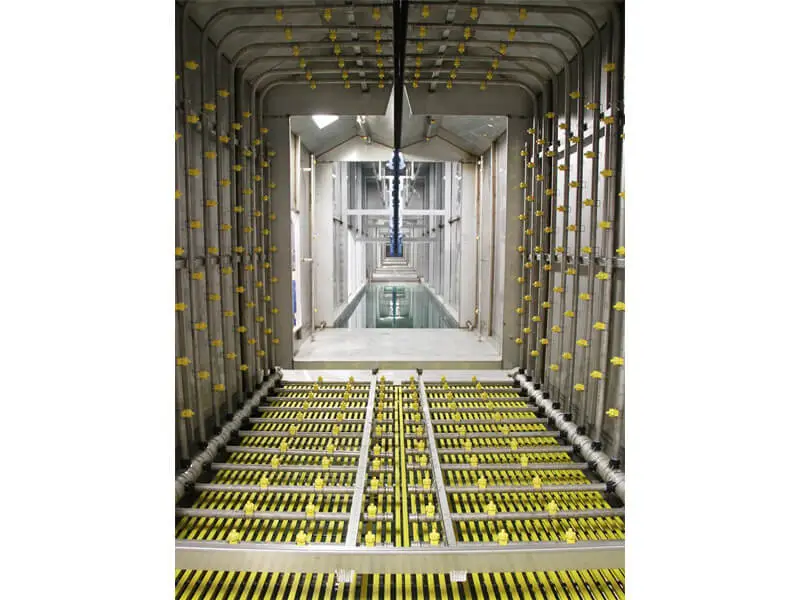
Understanding the Role of a Powder Coating Room
A powder coating room is an enclosed area where the dry powder is applied to a prepared substrate. Its primary functions are to contain the overspray powder, provide a clean environment to prevent contamination, and ensure proper ventilation for safety. Without a properly designed powder coating booth, powder particles would escape into the wider facility, creating a messy, wasteful, and potentially hazardous situation. The effectiveness of the electrostatic application process heavily relies on the conditions within the powder coating enclosure.
Main Types of Powder Coating Room Designs
Not all powder coating rooms are built the same. The choice depends heavily on production volume, part size, and budget. The main categories are open-face booths and closed-loop systems.
Open-Face Powder Coating Booths
Open-face booths are the most common and cost-effective design for many small to medium-sized operations. These powder coating enclosures feature three walls and a ceiling, with one side completely open for part loading and operator access. A powerful exhaust fan creates negative pressure, pulling air through the open front and across the part, then through a series of filters that capture the overspray powder.
The advantages of this powder coating booth design are its lower initial cost, simplicity of installation, and ease of access for coating large or irregularly shaped items. However, they can be less efficient in powder recovery and are more susceptible to environmental factors like drafts, which can affect finish quality.
Closed-Loop Powder Coating Systems (Cartridge or Cyclone)
For high-volume production where powder reclamation is a priority, closed-loop powder coating rooms are the superior choice. These are completely enclosed spaces with doors for part entry and exit. The air within the room is constantly recirculated, filtered, and returned, creating a highly stable environment.
There are two main recovery technologies used in these advanced powder coating booths:
Cartridge-Based Recovery: This system uses banks of cartridge filters to capture overspray. The collected powder is automatically pulsed off the filters and sifted for reuse. This method offers very high recovery rates, often exceeding 95%, making it ideal for single-color, high-volume applications.
Cyclone-Based Recovery: In this design, air is drawn through a cyclone separator that uses centrifugal force to separate the heavier powder particles from the air stream. While slightly less efficient than cartridge systems, cyclone recovery is excellent for frequent color changes, as the system is quicker and easier to clean.
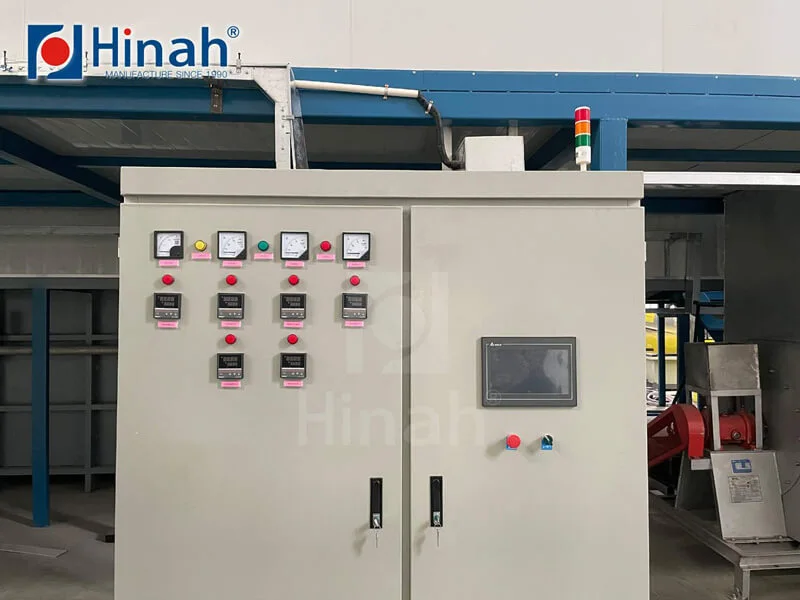
Key Factors in Powder Coating Room Design and Setup
Building an effective powder coating room involves more than just selecting a type. Several engineering and practical considerations must be addressed.
Airflow and Ventilation
Proper airflow is the single most important factor in a powder coating room. The ventilation system must provide enough air velocity to capture overspray at the application point (typically 100-125 feet per minute across the open face) without being so powerful that it disrupts the powder's path to the part. Balanced airflow ensures a clean, safe working environment and maximizes transfer efficiency.
Lighting
Excellent lighting is non-negotiable. Operators need to see the substrate clearly to ensure even coverage and identify any missed areas or defects. LED lighting is the modern standard for powder coating booths, providing bright, shadow-free, and cool illumination.
Flooring and Walls
The interior surfaces of a powder coating enclosure should be smooth, non-porous, and easy to clean. Materials like powder-coated steel, laminate panels, or epoxy-sealed concrete prevent powder from sticking and facilitate quick cleanup during color changes.
Powder Recovery System
The choice between cartridge and cyclone recovery, as mentioned, is pivotal. The recovery system integrated into your powder coating room directly impacts your material usage efficiency and operational flexibility for color changes.
Cost Analysis: Investing in a Powder Coating Room
The cost of a powder coating room can vary dramatically, ranging from a few thousand dollars for a small open-face booth to hundreds of thousands for a fully automated, large-scale closed-loop system. Key cost drivers include:
Size and Scale: Larger powder coating rooms require more materials, more powerful fans, and larger recovery units.
Type of System: A basic open-face powder coating booth is the least expensive option. Closed-loop systems with sophisticated cartridge recovery are a significant step up in cost.
Level of Automation: Incorporating automated spray guns, part conveyors, and programmable logic controllers (PLCs) will increase the price but can drastically improve throughput and consistency.
When evaluating the powder coating room cost, consider it as a long-term investment. A more efficient system reduces powder waste, lowers labor costs, and improves quality, leading to a faster return on investment.
Choosing the Right Powder Coating Room for Your Operation
Selecting a powder coating room is a balance between your current needs and future growth. Ask yourself these questions:
Production Volume: How many parts will you coat per shift or per day?
Part Size and Geometry: What are the largest and most complex parts you need to coat?
Color Change Frequency: How often will you need to switch powder colors? Frequent changes favor open-face or cyclone systems.
Available Space: What is the footprint available for the powder coating enclosure?
Budget: What is your total investment budget, including installation and utilities?
Answering these questions will guide you toward a powder coating room that is neither under-sized and inefficient nor over-sized and wasteful.
Finding a Reliable Powder Coating Room Supplier
When you're ready to move forward, finding a reputable supplier is crucial. Look for companies that specialize in building powder coating booths and have a proven track record. A good supplier will not just sell you a unit; they will act as a consultant, asking detailed questions about your process to recommend the best powder coating room design for you. They should provide clear specifications, detailed drawings, and robust after-sales support for installation and maintenance.
A well-designed powder coating room is the foundation of a successful and profitable finishing line. It is an integrated system where containment, ventilation, lighting, and recovery all work in unison. By thoroughly understanding the types of powder coating rooms available, the critical design elements, and the costs involved, you can make an informed decision that boosts your productivity, enhances your finish quality, and ensures a safe working environment for years to come.
Frequently Asked Questions (FAQs)
Q1: What is the typical lifespan of a well-maintained powder coating room?
A1: A high-quality powder coating room, with regular maintenance and occasional component replacement like filters and fans, can last for 15 to 25 years. The longevity heavily depends on the usage environment, the corrosiveness of the powders used, and the diligence of the cleaning schedule.
Q2: Can I convert my existing liquid paint booth into a powder coating room?
A2: It is generally not recommended. Liquid paint booths are designed to handle flammable solvents and vapors, with ventilation and filtration systems suited for wet overspray. A powder coating room requires a different airflow pattern and dry powder filtration. The potential for cross-contamination and fire hazard from accumulated powder in a non-compliant booth makes conversion impractical and unsafe.
Q3: How often do the filters in a powder coating booth need to be replaced?
A3: For cartridge filters in a closed-loop system, they can last for thousands of operating hours if the automatic pulsing mechanism is functioning correctly. Pre-filters and final filters in open-face booths may need more frequent checking and replacement, depending on usage. It's not a fixed timeline but is based on a noticeable drop in airflow or an increase in system pressure, which should be monitored regularly.
Q4: Is a powder coating room safe for operators?
A4: Yes, when designed and operated correctly. The primary safety features are the ventilation system, which prevents the buildup of powder dust, and the use of grounding systems to prevent static discharge. However, as with any industrial process, proper Personal Protective Equipment (PPE) such as respirators, gloves, and eye protection is essential for operator safety within the powder coating enclosure.
Q5: What are the most common mistakes to avoid when setting up a new powder coating room?
A5: Common pitfalls include undersizing the ventilation system, leading to poor overspray control; inadequate lighting, resulting in inconsistent coating quality; poor floor and wall design that makes cleaning difficult; and failing to plan for future expansion or changes in production volume. Thorough planning and consultation with an experienced powder coating room supplier are key to avoiding these costly errors.


